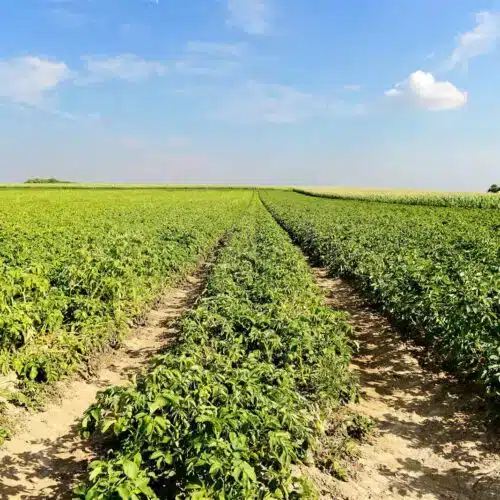The consequences of global warming are increasingly visible in our environment. Droughts and floods are becoming more and more frequent. These phenomena increase soil erosion, especially on agricultural land. To offer better soil protection and fight against erosion, Europe and Wallonia are deploying new regulations within the CAP (Common Agricultural Policy).
The impact of erosion on agricultural soils
In Wallonia, mudflows are observed every year in all agricultural regions. This phenomenon is a sign of the progress of global warming.
Water erosion of the soil causes considerable damage. On agricultural crops, it leads to a medium and long-term drop in productivity as well as to financial losses. From the citizen’s point of view, houses and roads suffer a lot of damage.
To combat mudflows and protect agricultural plots, Europe and Wallonia have decided to react by devoting a section to erosion in the new Common Agricultural Policy (CAP) 2023-2027.
What is the new CAP regulation?
The CAP, Common Agricultural Policy, is a policy implemented by the European Union with the aim of developing and supporting the agriculture of the Member States.
Created in 1962, the CAP aims, among other things, to support farmers and improve agricultural productivity. It contributes to the fight against climate change, for the sustainable management of natural resources and for the preservation of the rural economy.
This policy is implemented over a period of 4 years. In its latest version, the CAP devotes an objective to the fight against erosion and the preservation of agricultural land.
A new regulation named: GAEC 5 – “Management of tillage to reduce the risk of soil degradation and erosion, taking into account the slope”.
This new regulation brings important changes and new corrective measures according to the context and agricultural practices.
In order to objectify the erosion risk, the calculation of the erosion risk is changing. Previously, only the slope criterion was included. In the future, the calculation will be based on the slope gradient, the length of the slope, the soil type and the intensity of local rainfall. These criteria will determine the degree of sensitivity of the land. The result can vary from “very low” to “extreme”. It will then influence the action taken by farmers.
Examples of corrective measures are :
- Decrease the length of the slope by dividing the plots.
- Planting crops under cover.
- Using innovative erosion control techniques such as the anti-erosion roller in maize, sowing in maize inter-rows.
- Surround the plot with an anti-erosion strip (composed of grass or winter cereals).
- Use inter-row strips for mounded crops (not exceeding a high erosion risk level).
The GAEC 5 plan has come into force, but proposes a two-year adaptation period between 2023 and 2024. This period should allow farmers to implement the necessary measures.
Why are farmers worried about these new obligations?
This new regulation is causing many farmers to cringe. Indeed, the new CAP is proving more difficult to apply on the ground.
It is considered too restrictive by the majority of farmers. According to them, the CAP does not maintain a sufficient balance between the environment and crops. Moreover, the short time for the application of measures does not allow each farmer to turn around.
This regulation could also have an impact on the price of agricultural plots.
A matter to be followed closely.

